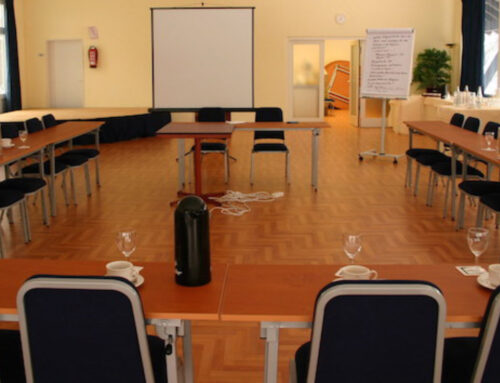Big Companies and Post-Mortems
At a Fortune 500 company where I used to work, the project team would convene after a project ended to conduct a post mortem. I used to think “How morbid” — to view a project like a dead body. But often we’d find out that we should’ve done something differently. We’d also congratulate each other on what went well.
And then years later at the same company we’d ask our consulting teams to conduct a retrospective at the end of an engagement (preferably with the customer). We didn’t want to call them post-mortems — even though the customer had undergone a near-death experience!
Seriously, we wanted to find out what had gone well, what hadn’t gone well, what should have been changed on the next engagement, and most of all, what were the key things that we learned. These insights were shared with other consultants around the world.
Retrospectives as a Ritual
Norman Kerth describes retrospectives in detail on his website. There he classifies the retrospective as a ritual held over the ages, to pass on learning-from-experience from one generation to the next, from one project team to the next. He says the retrospective can fashioned into the structure of a story.
Consultants and Retrospectives
As a consultant, it’s hard to reflect on your consulting engagements. At the end of a project, we’re likely focusing on the next gig, moving on to wild selling, or scheduling a vacation. Instead, it would be better to:
- Ask your client a few questions: what went well, what could have gone better
- Hold your own retrospective, asking yourself:
- What was the story of that selling and consulting gig?
- What would I like to repeat on the next gig?
- What did I learn that I could use to enhance the value that I bring to my clients?








